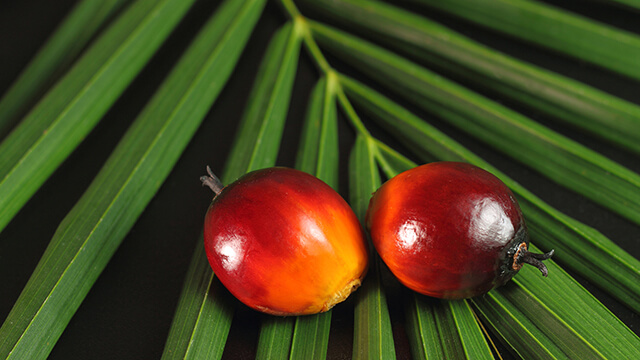How to treat palm oil mill effluent sustainably – and create business value
Over the past five decades, palm oil production increased dramatically around the globe. In the last eight years alone, global palm oil production has grown by approximately 30%. At the same time, the amount of highly toxic waste - palm oil mill effluent (POME) - has also increased. Alfa Laval offers innovative evaporation technology called POMEVap to solve these challenges.
DATE 2024-07-05With production forecast to rise in the coming years, there is a growing demand for sustainable solutions for POME treatment that, on the one hand, meet stringent environmental standards and, on the other hand, allow palm oil producers to increase their profitability. Alfa Laval offers innovative evaporation technology called POMEVap to solve these challenges. In contrast to conventional ponding systems, widely used in palm oil industry, Alfa Laval’s POMEVap is a compact installation that minimizes space concerns and creates new opportunities for more profitable and environmentally friendly POME.
POMEVap – how it works
POMEVap forced circulation plate evaporator creates clean water for process reuse and recovers valuable by-products such as oil – while boosting the bottom line for palm oil mill producers.
Four main advantages of Alfa Laval POMEVap
- Takes up less space than open ponding. Unlike conventional anaerobic ponding, which requires vast space due to longer hydraulic retention times, the compact POMEVap system typically requires only 300 square meters to effectively treat the palm oil effluent.
- No greenhouse gas emissions. POMEVap solution is a much more sustainable way to operate palm mills. It effectively does away with methane that is generated and released into the atmosphere through conventional treatment using open ponds and microorganisms that promote the decomposition of organic matter in the POME.
- Cuts water consumption. POMEVap separates water from the POME in the form of process condensate. The condensate can be recycled and re-used in the mill process, thereby reducing the mill’s freshwater consumption. Using less water in the mill helps maintain a healthy balance in the local ecosystem and cut water utility bill of the mill.
- Reduces oil loss and recovers valuable by-products. The oil recovered from the POME represents an additional income to the mill. The concentrate produced by the POMEVap contains solids from the POME; the concentrate can either be sold as a fertilizer or dried to produce animal feed to further boost the mill revenue.
Learn more about POMEVap and POMEVap plus here and discover how they can contribute to more sustainable and profitable business.

Alfa Laval POMEvap benefits
- Helps you to achieve methane avoidance compliance
- Improve your plant's OER up to 0.35%
- Output meets < 20 ppm BOD and < 100 ADMI colour standard
- Is a non-biological process
- Is simple and cost effective.
A webinar on POME treatment and Alfa Laval’s unique solutions
Join Alfa Laval expert Amol Hukkerikar in this on-demand webinar. Here, you can learn about the issues mills face when it comes to treating palm oil mill effluent (POME), along with how Alfa Laval’s experience in innovative evaporation technologies can help.
POMEVap: How it works
The POMEVap system can be designed using a thermal heat source such as motive steam from turbine exhaust or using electricity, with number of effects depending on the capacity requirements and amount of steam/power available on site. Watch this video to learn more.
Tags
All